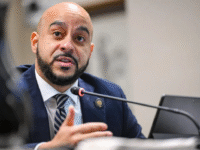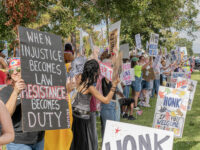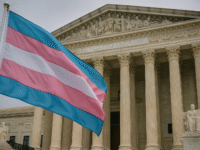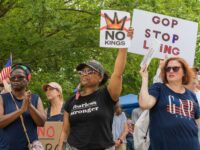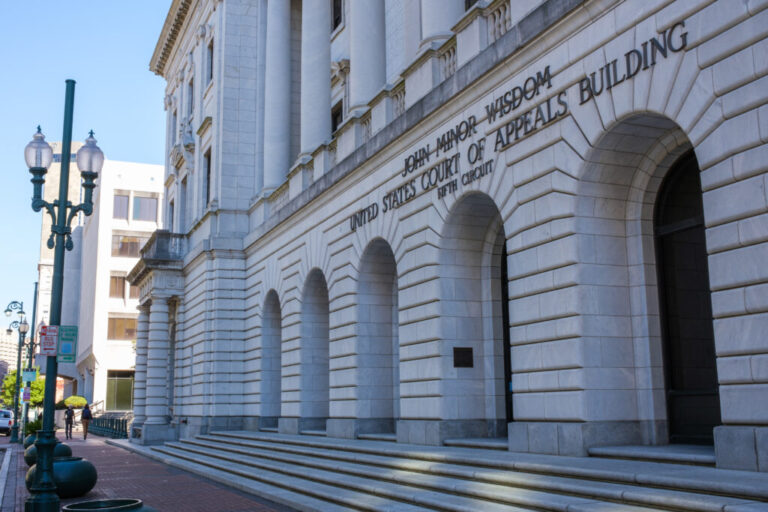A recent federal court decision is shining a major spotlight on St. James Parish — and raising big questions about environmental justice across Louisiana, especially for communities near Baton Rouge.
The Big News
On April 9, 2025, a federal appeals court ruled that a civil rights lawsuit filed by Black residents in St. James Parish can go forward. The lawsuit claims the local government has been allowing petrochemical plants — the kinds that release cancer-causing pollution — to pile up in Black neighborhoods while keeping them away from white neighborhoods.
The court’s ruling doesn’t mean the residents won yet. But it does mean a judge will now fully hear their case — something that hadn’t happened before.
Where Is This Happening?
This is all taking place in St. James Parish, which is just downriver from Baton Rouge. It sits in a stretch of land often called “Cancer Alley” — an 85-mile corridor between Baton Rouge and New Orleans that’s filled with chemical plants and refineries.
If you live in or around Baton Rouge, this matters to you. Many of the same companies that operate in St. James also run plants near Ascension, Iberville, East Baton Rouge, and other parishes in the region. The same patterns — pollution near Black or working-class neighborhoods, less near wealthier white ones — are being called out across South Louisiana.
What Are They Suing Over?
The lawsuit was filed by three groups: Rise St. James, Inclusive Louisiana, and Mount Triumph Baptist Church. They say the St. James Parish government:
-
Approved 20 out of 24 large industrial facilities in Black neighborhoods — and zero in white areas — over the last 46 years.
-
Created zoning maps that labeled Black communities as “industrial,” while giving white communities protections.
-
Allowed chemical plants to be built near Black churches and even on top of old cemeteries where enslaved ancestors are buried.
-
Ignored repeated requests from residents to stop approving new plants in their neighborhoods.
In short, the residents argue the parish government violated their civil rights, property rights, and religious freedoms.
What’s the Health Impact?
The lawsuit includes some heavy statistics:
-
The majority-Black 5th District of St. James ranks in the top 5% nationwide for cancer risk from air pollution, according to the EPA.
-
Residents say they’ve lost dozens of family and community members to cancer in just the last few years.
-
Many people can’t afford to move and are forced to live near plants that emit dangerous chemicals like ethylene oxide and benzene — both linked to cancer.
One plaintiff, Gail LeBoeuf, was diagnosed with cancer in 2022. Another, Myrtle Felton, lost her husband and three family members to cancer in just three months. Pastor Harry Joseph said he buried five people in six months — all from cancer — and his church is surrounded by oil tank farms.
Why Did the Court Step In?
A lower court originally dismissed the lawsuit, saying the residents waited too long to sue because many of the zoning decisions happened in 2014. But the federal appeals court disagreed.
The judges said this isn’t just about one decision in 2014 — it’s about a long pattern of racial discrimination that’s still happening today. In fact, the lawsuit pointed out that:
-
In 2022, the parish rejected a request to stop new industrial development in Black areas.
-
But that same year, they approved a ban on solar farms — after white residents complained about solar panels being too close to their homes.
The court said that shows unequal treatment based on race and religion might still be happening — and needs to be examined more closely.
What Does Religion Have to Do With It?
This part surprised a lot of people: The lawsuit says the government violated the residents’ religious rights too.
Why? Because some of these petrochemical plants were built on or near the burial grounds of people who were enslaved. These are sacred places, and many residents — including pastors — say their faith calls them to honor their ancestors through prayer, commemoration, and care of those sites.
The court agreed that this religious harm is real and deserves a day in court.
Why This Case Matters for Baton Rouge (and Beyond)
This isn’t just about one parish. It’s about how government decisions are made — and who pays the price.
If the lawsuit succeeds, it could lead to:
-
A moratorium (a pause) on new industrial projects in Black neighborhoods.
-
Court-ordered changes to zoning laws.
-
New attention to how racism shows up in environmental policies — even when it’s not openly talked about.
And if it succeeds in court, it could inspire similar lawsuits across the state, including in parts of Baton Rouge where pollution, zoning, and race collide.
The Bottom Line
This case is a big deal. It’s about:
-
Who gets polluted and who gets protected
-
Whose voices get heard and whose get ignored
-
What justice looks like in communities long treated as expendable
The people of St. James are standing up to say: Enough is enough.
And now, for the first time, a federal court says they have a right to be heard.
Read the full case below:
23-30908-CV0

